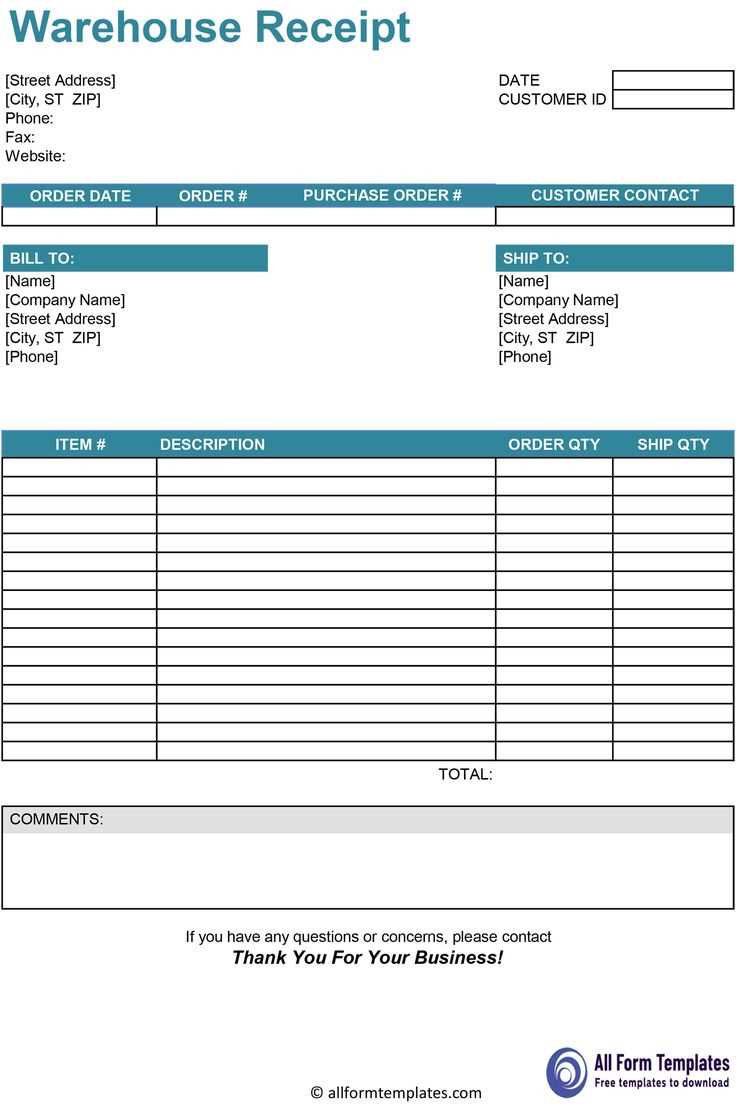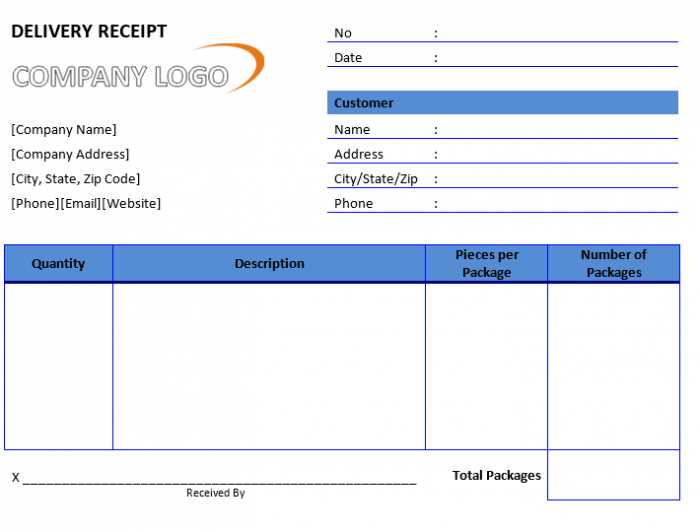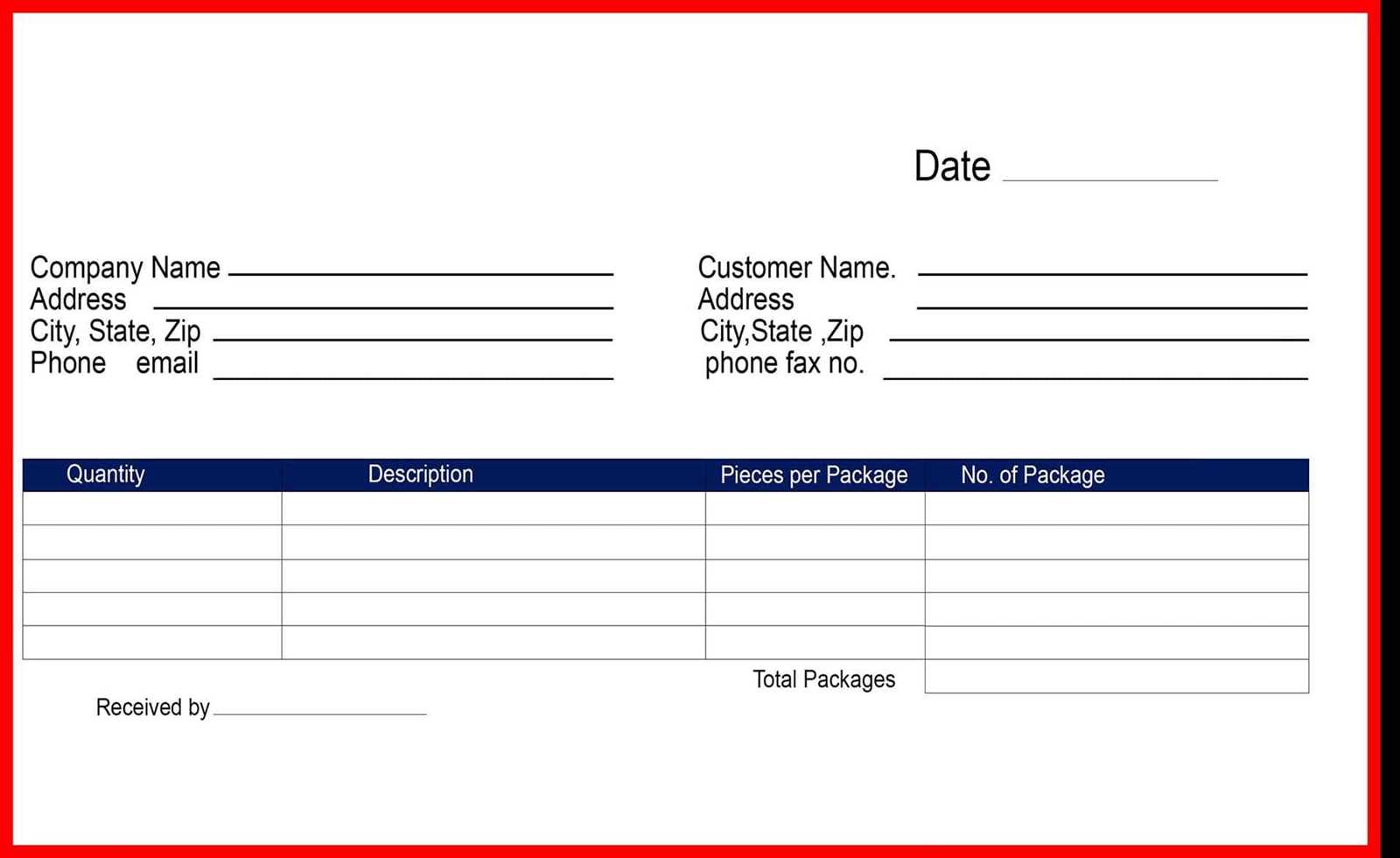Key Elements of a Document Receipt Form
A document receipt form should capture the basic details of the transaction. Ensure the following components are included:
- Date of receipt – Indicate the exact day when the document was received.
- Document description – A brief overview of the document or its title.
- Sender’s information – Name and contact details of the individual or organization providing the document.
- Recipient’s information – Name and contact details of the person receiving the document.
- Signature lines – Spaces for both sender and recipient to sign, confirming receipt.
How to Use a Document Receipt Form
To use the document receipt form, complete the details clearly and accurately. After filling out the required sections, both the recipient and sender should sign the form. Keep copies for both parties to ensure proper documentation.
Template Example
Here’s a simple template for a document receipt form:
Date of Receipt: _______________________ Document Description: ___________________ Sender’s Name: __________________________ Sender’s Contact: ________________________ Recipient’s Name: _______________________ Recipient’s Contact: _______________________ Signatures: Sender's Signature: ______________________ Recipient's Signature: ___________________
Customizing the Template
You may adjust the template to fit specific needs, such as adding fields for document number, reference, or additional notes. This helps ensure that the form suits your specific requirements and provides all necessary information for both parties.
Document Receipt Form Template: A Practical Guide
How to Customize a Receipt Form for Your Business
Key Elements to Include in a Document Acknowledgment Form
Understanding the Legal Aspects of Using a Receipt Form
How to Track and Manage Received Documents with the Form
Common Errors to Avoid When Completing a Document Acknowledgment Form
How to Use the Receipt Form for Auditing and Compliance
To create an effective document receipt form, ensure it includes clear identification of the parties involved, the date of receipt, and a description of the document being acknowledged. Customize the form by adding sections specific to your business needs, such as department or file number, ensuring the form reflects the type of documents you receive most frequently.
Key Elements to Include
The document receipt form should have the following key components:
- Recipient’s name and contact information
- Sender’s name and contact information
- Document description (title, type, or reference number)
- Date of receipt
- Signature of the recipient
- Any relevant notes about the document (e.g., condition, completeness)
Legal Considerations
Ensure that the document receipt form includes a clause acknowledging that the recipient understands the nature of the document. This will help clarify the responsibility for safekeeping or further action required. Always consult with a legal advisor to confirm that the form complies with applicable laws related to document management and retention.
When tracking received documents, use the form as a reference to monitor deadlines and actions required. Organize received documents in a systematic manner and assign tracking numbers if necessary. Regularly update records to reflect the status of each document.
Avoid common mistakes such as missing required fields, incomplete document descriptions, and vague acknowledgments. Double-check all information before finalizing the form. These small details can make a big difference in ensuring that your form serves its purpose in audits and compliance checks.
Finally, use the document receipt form for auditing purposes by regularly reviewing records of received documents. This will help maintain a clear audit trail and ensure compliance with internal and external requirements.


